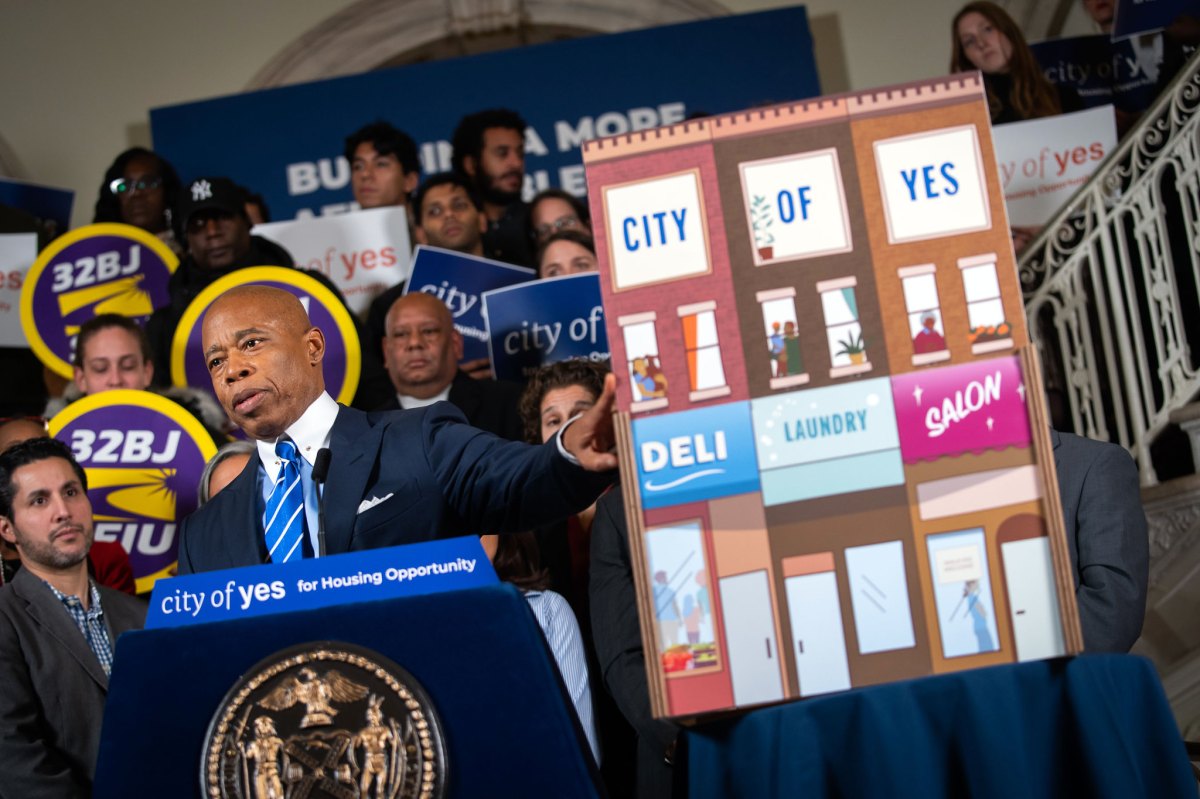
BY GABE HERMAN | An audit by City Comptroller Scott Stringer of the Department of Building’s inspection methods for construction sites found inadequate oversight in several key areas.
According to Stringer’s office, the audit revealed that “despite a history of inadequate oversight amid multiple construction accidents — D.O.B. could not show that its supervisors performed most of the quality-assurance (QA) reviews of inspections that its own policies require, and a significant number of the reviews that were done did not meet D.O.B.’s own written standards.”
The audit was done over an 18-month period from July 2016 through December 2017. The report was released in late December 2018. D.O.B. monitors the city’s 40,000 construction sites and more than 1 million buildings.
In assessing D.O.B.’s quality-assurance methods, the audit found that GPS reviews, which verify inspectors are actually at the sites they are assigned to inspect, were performed only six out of the required 427 times, or less than 1.5 percent of the time.
The audit also said just 31 percent of required review and training inspections were performed, where a supervisor accompanies an inspector at a site or returns later to recheck the inspector’s work.
And D.O.B. reportedly did no reviews of its supervisors during the audit span, despite the department’s own requirements that 190 reviews should have been done during those 18 months.
Recent construction accidents in the city have included a 2016 crane collapse in Lower Manhattan that killed one and injured three. In March 2008, a crane collapse in Midtown killed seven people. A May 2008 crane collapse on the Upper East Side killed two people.
Multiple D.O.B. officials have been accused of corruption and bribery in the last decade related to inspections, including in 2008, 2015 and 2017.
Investigations into the two crane collapses in 2008 mentioned above found malfeasance on D.O.B.’s part played a role in the disasters. In the March 15, 2008, collapse, at E. 51st St., it was found that a D.O.B. inspector had falsified his route sheet and falsely claimed to have inspected the crane 11 days before the accident. The inspector was convicted of falsifying records and “a pattern of practice” of representing that he was at places where he was not.
Two months after another crane collapse, in May 30, 2008, on E. 91st St., D.O.B.’s assistant chief of its cranes and derricks unit, James Delayo, was arrested for collecting bribes over an eight-year period in exchange for falsely reporting that a crane company’s mobile cranes had been inspected and that its operators had passed practical exams, when in fact no such inspections or exams had been conducted. The charges were not related to the E. 91st St. collapse.
As for the deadly crane collapse in Tribeca in 2016, D.O.B. investigated and found that crane operator was at fault for failing to batten down the machine on the night before the accident, and then lowering its main boom down at an improper angle on an extremely windy day.
Stringer’s audit does not accuse D.O.B. of widespread corruption, or say that inadequate inspections are directly leading to accidents or dangerous conditions. But Stringer’s office said, in a statement, “These oversight failures compromise D.O.B.’s ability to identify weaknesses or nonconformance with D.O.B. policies and to take appropriate measures when issues or concerns are identified, potentially putting New Yorkers’ safety at risk.”
In a statement about the audit results, Stringer said, in part, “The Department of Buildings has absolutely no excuse for not following its own policies, especially after a history of dangerous accidents under its watch. The agency should be operating with the best possible practices to prevent a potential disaster rather than skirting its own policies.”
The audit made 13 recommendations for the DOB to follow, which include more regular inspections and thorough compiling of inspection results for review.
The audit report includes responses from D.O.B., which disagreed with most of the audit’s findings and recommendations. D.O.B. argued that the department was updating its inspection methods, and that other audit recommendations related to recordkeeping were being addressed through its online portal, DOB NOW.
D.O.B. Commissioner Rick Chandler furthermore disputed that safety was jeopardized by the department’s methods.
“We agree, however, that our process can always be improved,” he said, “and we will continue working to strengthen them.”
D.O.B. told the comptroller’s office that the inspection methods discussed in the audit were “obsolete and being phased out.” But the audit said these were the rules in place at the time of the audit, and that D.O.B. did not say during the audit that its process was changing.
Stringer’s office also said that D.O.B. has not given details about new rules or processes it may be developing or using. The audit said the only change D.O.B. mentioned during the audit was its transition to posting inspection results in its online portal.
As a result, the audit report said, “Thus, we find D.O.B.’s claims regarding its current practices unpersuasive.”


































